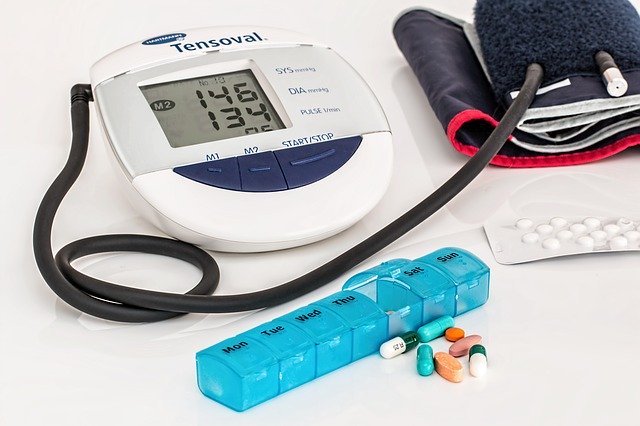Just like billing private payers, billers should send claims to Medicaid and Medicare.
These are similar claims to those they send to private third-party payers.
There are some notable exceptions, though.
Since these programs are high-volume government payers, billers should send claims directly to Medicaid and Medicare.
It means that these claims don’t go through clearinghouses, so the responsibility for a “clean” claim is on the biller.
Billing for Medicare
When billing Medicare, a quick administrative process is involved.
When Medicare receives a claim, it is processed by a Medicare Administrative Contractor (MAC).
The MAC adjudicates every claim and processes it.
It can take around 30 days.
When billing for Medicare Parts A and B, billers should follow the same protocol as for private payers.
They input the patient’s information, procedure codes, NPI numbers, price, diagnosis codes, and Place of Service codes.
Almost all of this information can be acquired from the superbill they receive from the medical coder.
If billers have to use manual forms, there can be some complications.
For example, billing for Part A involves a UB-04 form, a.k.a. CMS-1450.
For Part B, they need a CMS-1500.
However, mostly, billers input information in a software program and use it to transfer claims directly to Medicare.
Parts C and D are more complicated.
Part C is in fact a private insurance plan partially paid for by the federal government.
So billers aren’t allowed to bill Medicare for services that a patient receives under the Part C coverage.
Only providers licensed to bill for Part D can bill Medicare for prescription drugs or vaccines provided under Part D.
Unless the provider is licensed for Part D, the biller should assign the total amount to the patient or their secondary insurance, if any, and if it covers them.
When Medicare processes a Part A claim, they pay directly to the provider for the services.
In the case of Part B, the payer is determined by the fact who accepted the assignment of the claim.
If the provider accepts it, Medicare pays 80% of the cost, while the remaining 20% is the patient’s responsibility.
In some cases, the provider declines the assignment of the claim, then Medicare will assign it directly to the patient.
In this case, the patient, contrary to the payer, must compensate for the services.
You should also know that Medicare Parts A and B have monthly and annual premiums besides the coinsurance, which depends on what services the patient receives.
These co-pays, premiums, deductibles, and coinsurance rates are fixed but can vary depending on the procedures and patients.
One of the challenging parts when creating a claim for medicare is getting the right number for every patient.
Billing for Medicaid
Creating a claim for Medicaid can be even more complicated than for Medicare.
Medicaid varies by state, so the billing requirements and regulations do too.
So, the forms and formats of the claims that the biller should use will be different in every state.
They should check with the Medicaid program of their stare to find out which forms and protocols are in place.
Generally, the medical billers create claims like for Medicare Part A and B, or a private payer.
The claim must have the proper information listed, including the place of service, the procedures, the NPI, and the diagnosis.
It should also contain the price of the procedure.
Keep in mind that Medicaid covers more services than Medicare, so there are fewer exceptions.
Finally, Medicaid is the last payer to be billed.
That means that if a payer has insurance, it will be billed first.
Read the full guide: How to Become a Medical Biller and Coder


